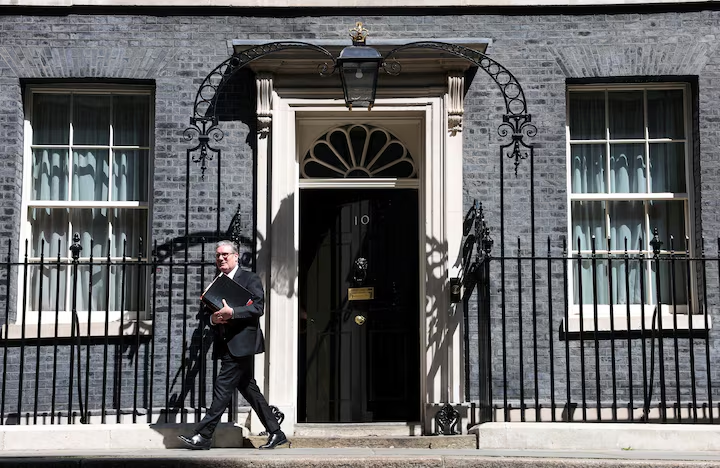Once the bustling heart of Palestinian life, Gaza City now lies in ruins and silence, ravaged by relentless Israeli military operations and gripped by mass starvation and despair. In a powerful interactive report published on May 25, 2025, The Guardian offers a harrowing look into the humanitarian catastrophe unfolding in the city as residents flee, starve, and die, often in silence, cut off from the world.
“We are alive, but not really living,” said Mariam, a mother of three, sheltering in a bombed school. “There is no food, no water — only waiting for death.”
The report paints a chilling picture: whole families trapped, children digging for scraps, and aid agencies unable to operate. Israeli forces continue to encircle and bombard northern Gaza, claiming to target remaining Hamas fighters. But the civilians caught in the siege are the ones paying the highest price.
🔥 A City Hollowed Out
Most of Gaza City’s population — once over 700,000 — has either fled or been killed. The buildings that remain are shattered, and makeshift refugee shelters in mosques, hospitals, and ruins are overcrowded and dangerously under-supplied. Residents who stayed behind describe a city stripped of dignity, where survival has become the only focus.
Electricity is gone. Clean water has run out. Shops are empty. UN relief trucks have stopped arriving.
“People are eating leaves,” said one aid worker, “and drinking sewage.”
🛑 Humanitarian Access Blocked
Aid agencies, including the World Food Programme and UNICEF, say Gaza City is inaccessible due to ongoing airstrikes, sniper activity, and Israeli military blockades. The Israeli government maintains that Hamas militants are using urban centers and humanitarian sites as shields — a claim that has drawn skepticism from international observers, especially given the high civilian death toll.
The United Nations has warned that a full-blown famine is imminent if humanitarian access is not restored immediately. But Israel continues to restrict entry points, citing security threats.
“No corridor is safe,” said a UN official. “Even aid workers have become targets.”
🧱 The Psychological Toll
Beyond hunger and destruction, The Guardian’s report underscores the mental collapse spreading through Gaza City. Children show signs of trauma, elders are begging to die, and families have stopped counting their dead. Some residents interviewed said they no longer fear death — only the pain of surviving.
“What do you do when you can’t cry anymore?” asked a young woman sheltering near a collapsed hospital. “The bombs keep falling, and the world keeps watching.”
🌍 International Inaction and Outrage
The global response remains deeply divided. While protests in Europe, the U.S., and the Middle East continue, diplomatic efforts have failed to establish a ceasefire or humanitarian corridor. Israel’s allies maintain that it has a right to self-defense, but even some longtime supporters have begun to voice concern over the scale of civilian suffering.
Meanwhile, UN Secretary-General António Guterres has renewed calls for an immediate ceasefire and unrestricted humanitarian access, calling Gaza “a moral failure of the international system.”
What to Watch
- Potential breakthroughs or failures in Doha-led ceasefire negotiations
- Civilian death toll updates and independent verification of famine conditions
- Intensification of international protests, sanctions, or diplomatic ruptures
- Whether Israel opens humanitarian corridors or further seals off the city
- Long-term implications for Gaza’s survival as a functioning urban center
As Gaza City collapses under siege, The Guardian’s report stands as a haunting testimony to a crisis where politics has replaced humanity, and entire populations are being starved in silence. What remains is not just rubble — but a stark indictment of the world’s failure to act.
Source; The Guardian



